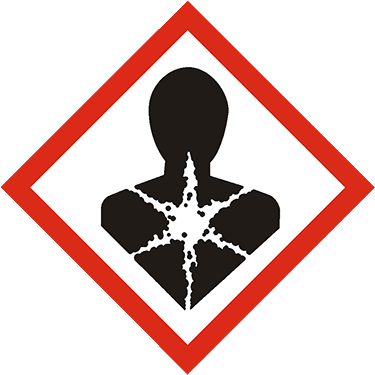Click "Allow Cookies" to consent to storing cookies on your device to improve your experience on our site. Learn more.
Additions to Method 601 - Mix 1 (Revison July, 1992)
Catalog NumberCat#
M-8010A
17034 Classification17034 Class.
Certified Reference Material
Matrix
0.2 mg/mL in Acetonitrile
Number of ComponentsComps.
34 See Analytes
Storage ConditionStorage
Freeze (<-10 °C)
Unit
1 mL
Price (USD) Price
$55.00
Product Details
Analytes
| Analyte | CAS Number | Target Concentration |
|---|---|---|
| Benzyl chloride | 100-44-7 | 0.2 mg/mL |
| Bromobenzene | 108-86-1 | 0.2 mg/mL |
| Bromoform | 75-25-2 | 0.2 mg/mL |
| Bromomethane | 74-83-9 | 0.2 mg/mL |
| Carbon tetrachloride | 56-23-5 | 0.2 mg/mL |
| Chlorobenzene | 108-90-7 | 0.2 mg/mL |
| Chloroethane | 75-00-3 | 0.2 mg/mL |
| 2-Chloroethyl vinyl ether | 110-75-8 | 0.2 mg/mL |
| Chloroform | 67-66-3 | 0.2 mg/mL |
| Chloromethane | 74-87-3 | 0.2 mg/mL |
| Dibromochloromethane | 124-48-1 | 0.2 mg/mL |
| Dibromomethane | 74-95-3 | 0.2 mg/mL |
| 1,2-Dichlorobenzene | 95-50-1 | 0.2 mg/mL |
| 1,3-Dichlorobenzene | 541-73-1 | 0.2 mg/mL |
| 1,4-Dichlorobenzene | 106-46-7 | 0.2 mg/mL |
| Dichlorobromomethane | 75-27-4 | 0.2 mg/mL |
| Dichlorodifluoromethane | 75-71-8 | 0.2 mg/mL |
| 1,1-Dichloroethane | 75-34-3 | 0.2 mg/mL |
| 1,2-Dichloroethane | 107-06-2 | 0.2 mg/mL |
| 1,1-Dichloroethylene | 75-35-4 | 0.2 mg/mL |
| trans-1,2-Dichloroethylene | 156-60-5 | 0.2 mg/mL |
| 1,2-Dichloropropane | 78-87-5 | 0.2 mg/mL |
| cis-1,3-Dichloropropene | 10061-01-5 | 0.2 mg/mL |
| trans-1,3-Dichloropropene | 10061-02-6 | 0.2 mg/mL |
| Methylene chloride | 75-09-2 | 0.2 mg/mL |
| 1,1,1,2-Tetrachloroethane | 630-20-6 | 0.2 mg/mL |
| 1,1,2,2-Tetrachloroethane | 79-34-5 | 0.2 mg/mL |
| Tetrachloroethylene | 127-18-4 | 0.2 mg/mL |
| 1,1,1-Trichloroethane | 71-55-6 | 0.2 mg/mL |
| 1,1,2-Trichloroethane | 79-00-5 | 0.2 mg/mL |
| Trichloroethylene | 79-01-6 | 0.2 mg/mL |
| Trichlorofluoromethane | 75-69-4 | 0.2 mg/mL |
| 1,2,3-Trichloropropane | 96-18-4 | 0.2 mg/mL |
| Vinyl chloride | 75-01-4 | 0.2 mg/mL |



